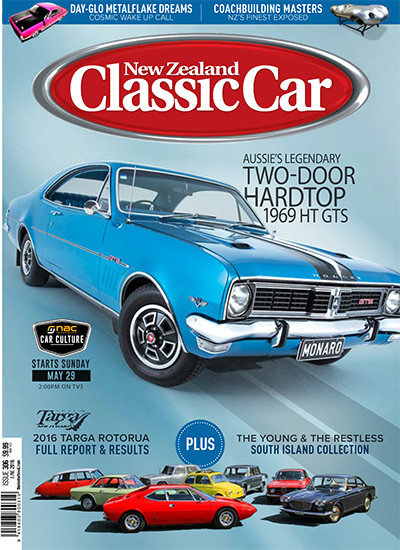In our June issue, we take a look at a true blue Aussie classic that’s stood the test of time and is recognized as the car that put Holden on the map. In addition, we head south and check out a young man’s impressive European car collection, and Gerrard Richards recalls the psychedelic ’60s. Lachie Jones puts three wheels to the test and gives us his verdict, and there’s also a full wrap-up of the 2016 Targa Rotorua. For those of you thinking about, or in the process of, restoring your classic car, be sure to read our comprehensive coachbuilding special feature.
Aussie legend
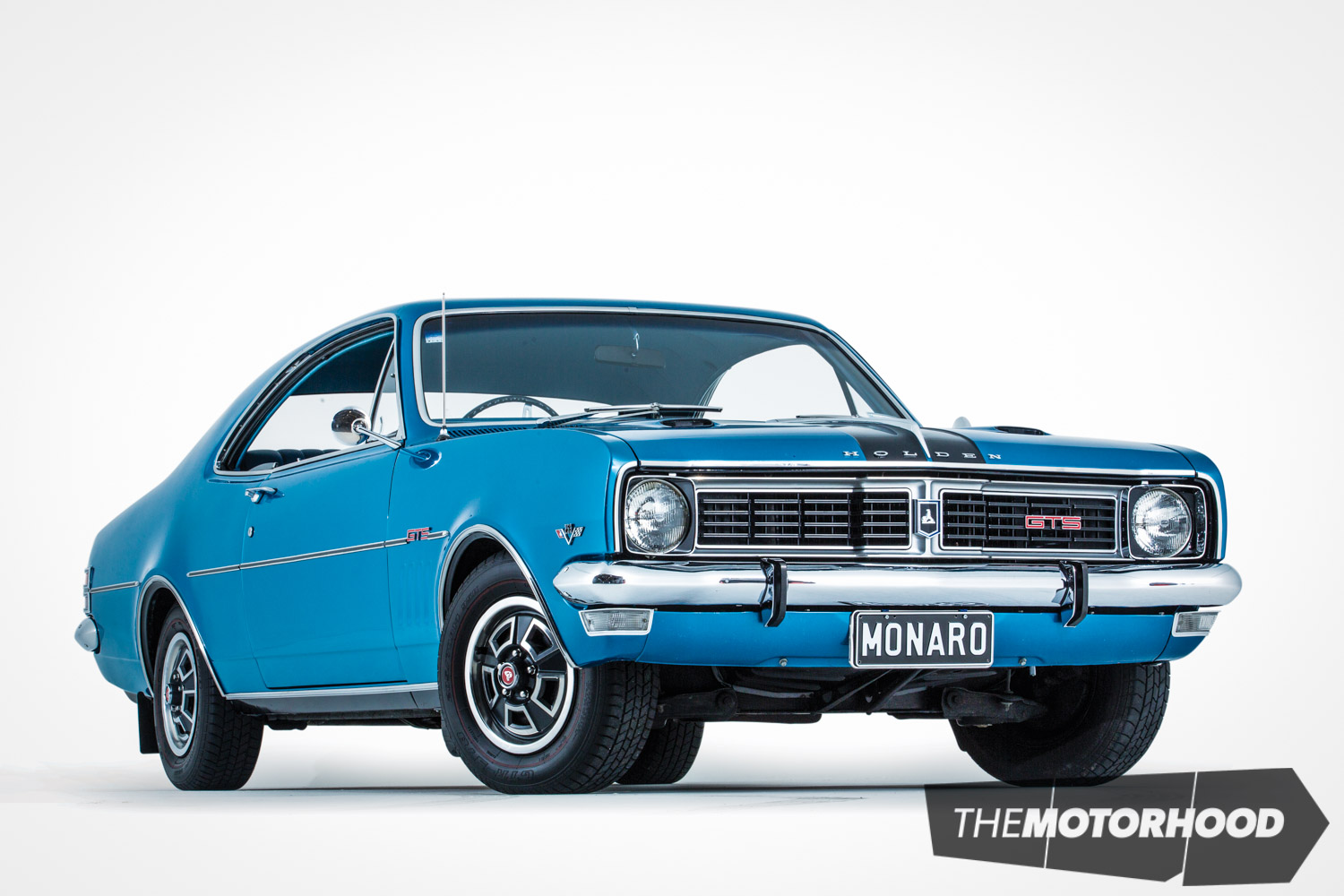
Ian Marshall, owner of the pristine HT Holden Monaro featured in this month’s issue, has a passion for Holdens, particularly Monaros, which started in the late 1960s as he was growing up in Sydney.
Ian’s Monaro has won an admirable list of prizes in car shows, including several People’s Choice awards. But after years of keeping it up to show condition, Ian now just wants to drive it — after all, that’s what it was made for, and he reckons there’s nothing better than motoring along a country road on a sunny day with a smile on his face, stopping for a coffee, and passers-by saying, “Nice car.” I think we’d all have to agree.
Keeping up with the Joneses
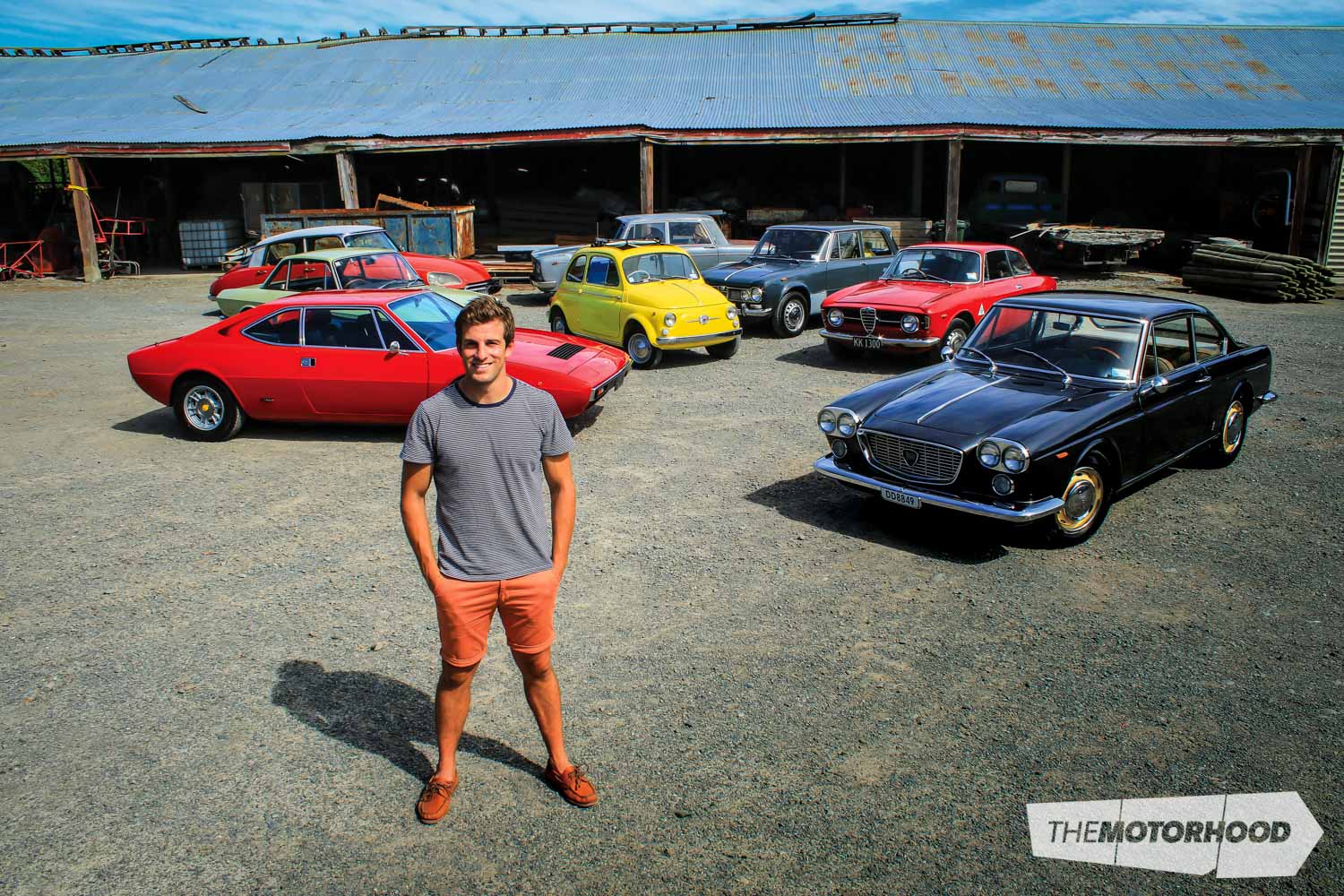
Tim Jones has spent the previous 15 years competing on the world stage as a professional athlete, reaching the heady heights of senior rugby in Canterbury, and building an enviable collection of cars. We caught up with him to chat about how he came to own a wide array of predominantly Italian classics and to ask — given his youth and such a cool collection — where he goes from here.
Day-Glo/Metalflake dreams
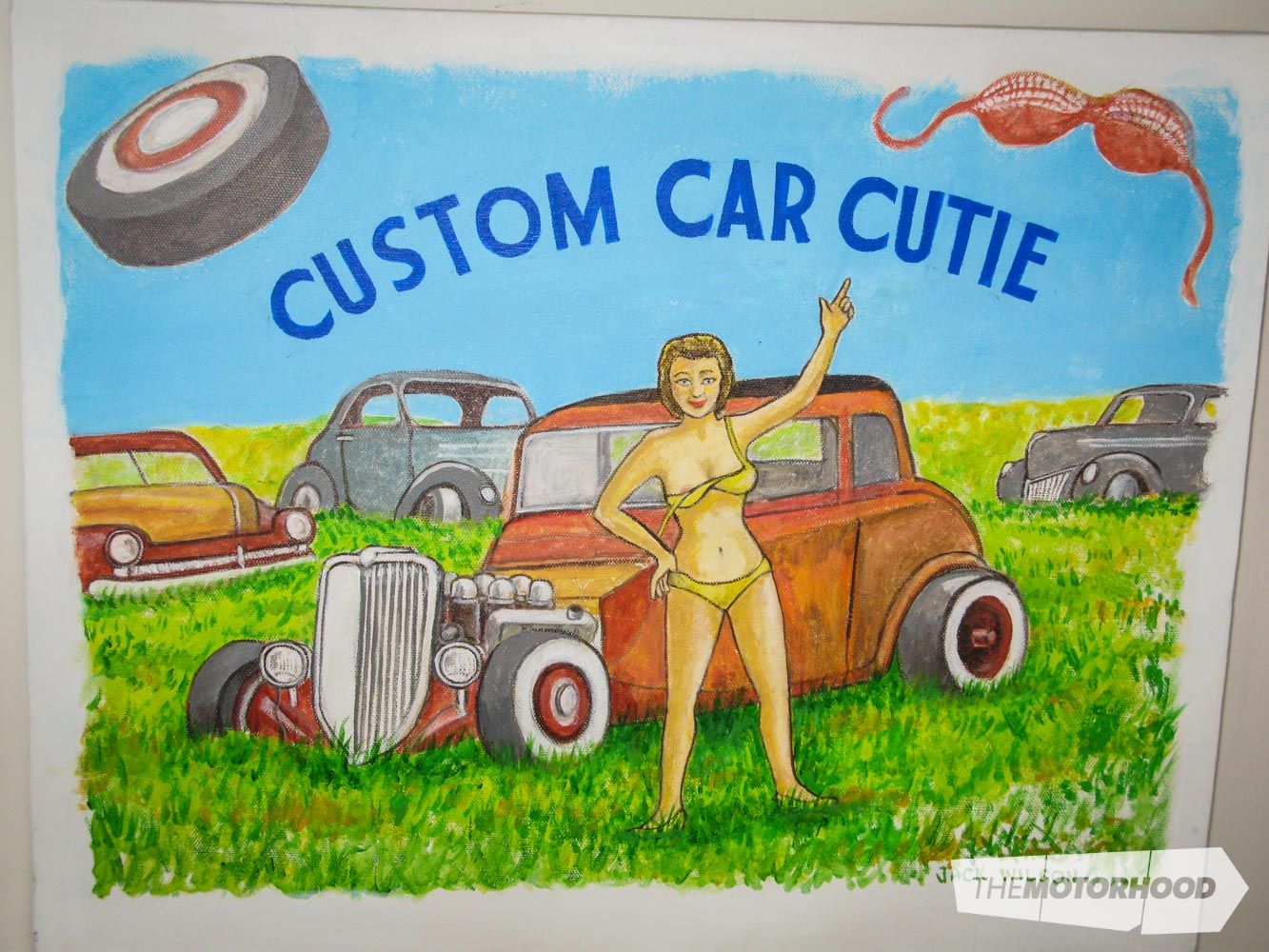
Gerard Richards relives the 1960s when everything seemed locked in that grey, colourless state-house Farmer’s Trading Company fashion-clone formula — unless you were lucky enough to own a two-tone Holden sedan — when, like a bolt from the blue, the hurricane of the 1960s youth culture seemed to explode in our own backyard! It was a breaking out of the straightjacket of the old repressive post-war world, and with all the new groovy fads.
As part of that same groundswell, hot rodding, car customizing and motor racing became bolder and more exciting. Loud, colourful paintwork and wild signwriting emerged in electrically garish, hypnotic beauty of the new wave of in-yer-face metalflake, and Day-Glo paints appeared on the odd street cars.
Three quarters the fun
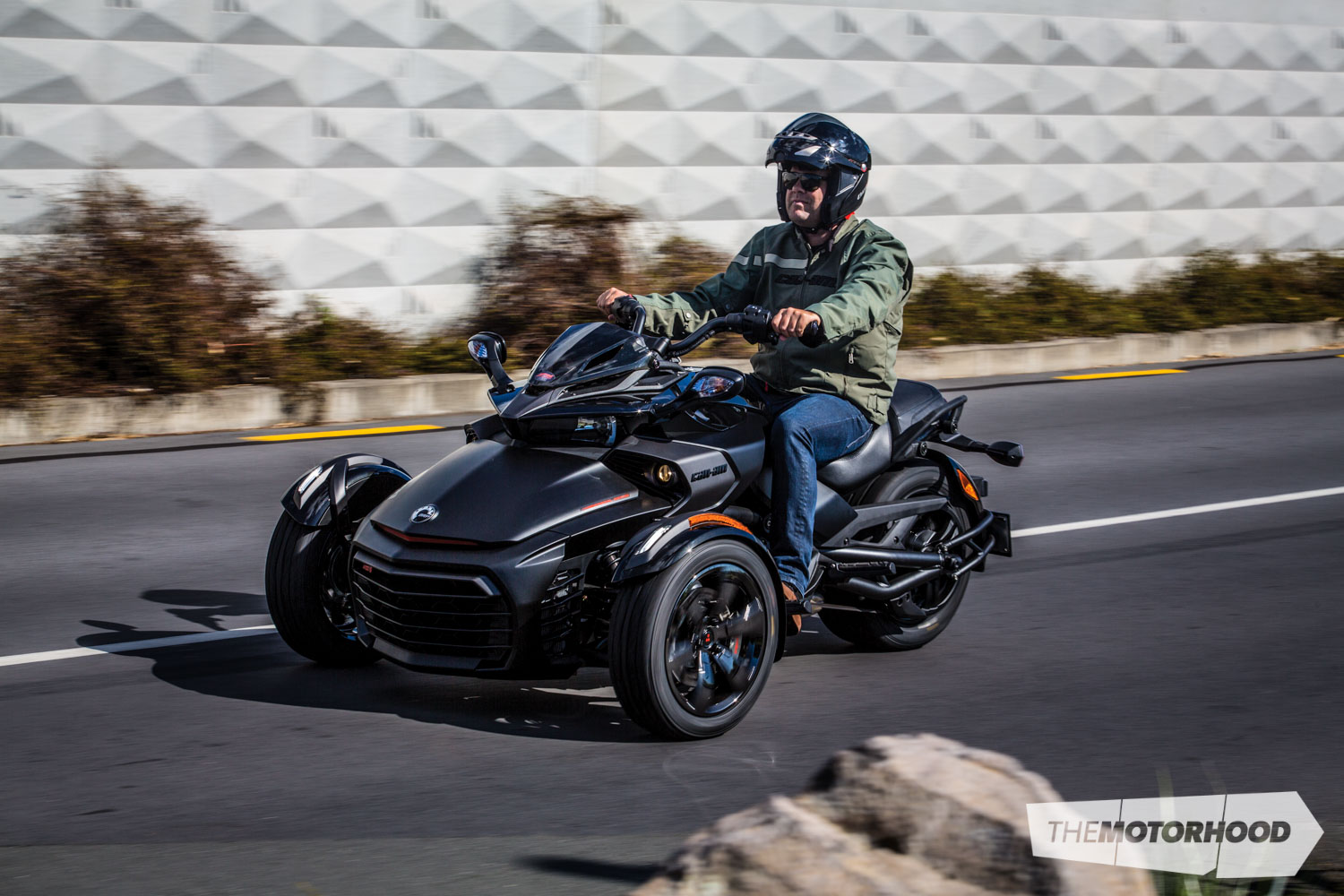
Lachie Jones suits up and takes the latest three-wheeled Can-Am Spyder out for a day in Auckland.
When you think of a trike, you’ll imagine a single wheel at the front and two at the back. The Can-Am Spyder is a three-wheeler, but with two wheels at the front and one at the back — arse about face, if you will — that can be driven on a car licence. It’s built by a company called BRP (Bombardier Recreational Products) that you’ll know from their Sea-Doo jet skis and Ski-Doo snowmobiles. And that in itself should explain not only the heritage, but the ability of these machines.
So, who is the Spyder for? Check out our verdict in the latest issue.
You can pick up a copy of New Zealand Classic Car Issue No. 306 in store now, or pick up a print copy of the magazine below:
